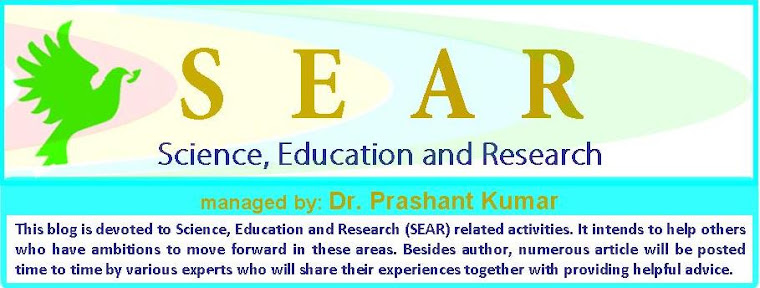The average UK commuter spends about 1.5 hours a day at the wheel. While not great for stress levels in general, there are other ways that the daily churn through traffic can negatively affect health. Research by my team at the University of Surrey has shown how drivers and pedestrians are being exposed to very high levels of air pollutants at traffic lights.
The World Health Organisation links air pollution to seven million premature deaths every year. It’s well known that road vehicles in particular emit polluting nanoparticles which contribute to respiratory and heart diseases. Despite efforts to encourage a reduction, car usage has remained fairly constant in recent decades.
Our team monitored drivers’ exposure to air pollutants at various points of a journey and found traffic intersections were high pollution hot-spots due to the frequent changes in driving conditions.

Pollution hotspots are all near traffic lights.
Goel and Kumar (2015).
With drivers decelerating and stopping at lights, then revving up to move quickly when lights go green, peak particle concentration was found to be 29 times higher than that during free-flowing traffic conditions. Also of course, while travelling by road we are generally pretty close to the air pollution source, which is the tailpipe of preceding road vehicle.
Though drivers spend just 2% of their journey time passing through intersections managed by traffic lights, this short duration contributes to about 25% of total exposure to these harmful particles.
It’s not always possible to change your route to avoid these intersections, but drivers should be aware of the increased risks at busy lights and at least try to avoid regularly taking routes that force them to sit in traffic inhaling potentially harmful fumes.
Where this is unavoidable the best way to limit exposure is to keep vehicle windows shut, fans off and try to increase the distance between the cars in front where possible. Pedestrians regularly crossing such routes should consider whether there might be other paths less dependent on traffic light crossings.
But there is more to it than asking drivers to take circuitous routes. Local transport agencies could also help by synchronising traffic signals to reduce waiting time and consider alternative traffic management systems such as flyovers. They could also consider the appropriate placement of traffic lights. The use of these systems in built up residential areas, near schools or hospitals may serve to manage traffic flow but at the cost of trapping higher concentrations of harmful pollutants in exactly the areas where residents, and vulnerable members of society will most regularly commute or walk.

Polly wants cleaner air.
Ingrid Taylar, CC BY
I have written before about the use of low-cost sensing to capture air pollution hotspots in urban areas. The kind of data such projects could deliver feed directly into research such as this. The more we understand about where pollution hot spots are, the more direct action we can take in our own lives and the more we can push for greener, cleaner planning.
The UK’s Environmental Audit Committee recently described air pollution as a “public health crisis”. These considerations are not just a “nice to have”, they have a direct effect on our health and wellbeing.
This article was originally published on The Conversation.
Read the original article.




